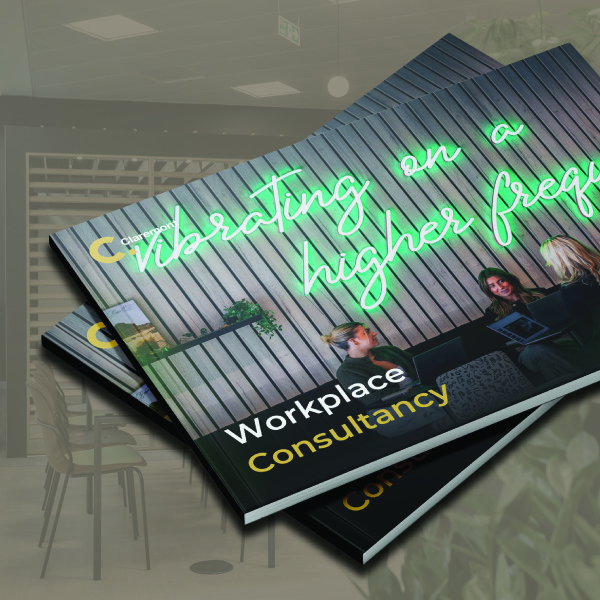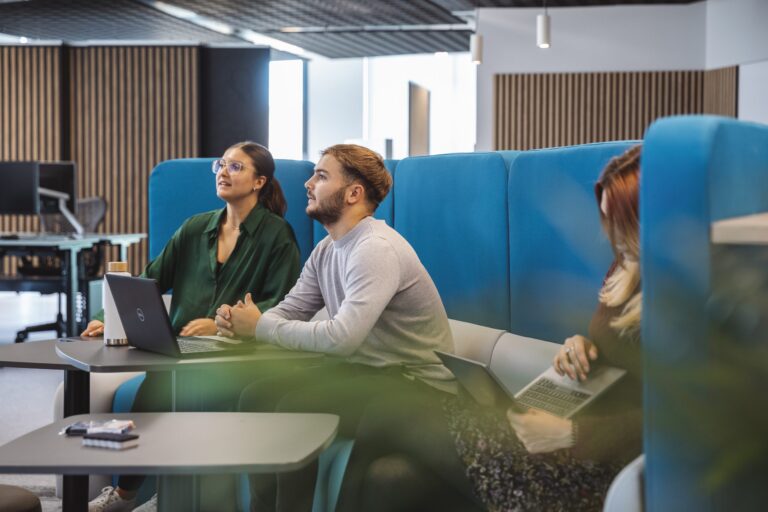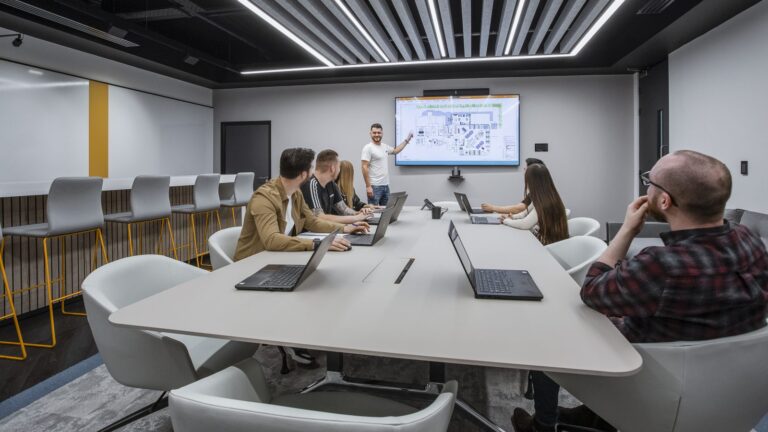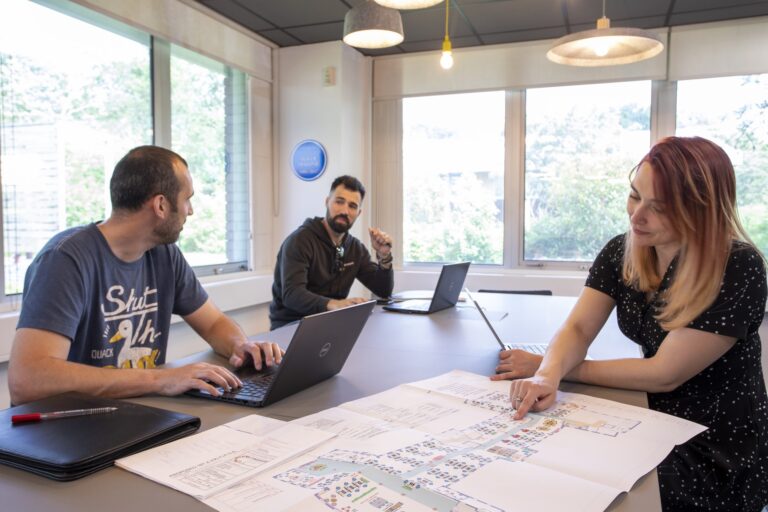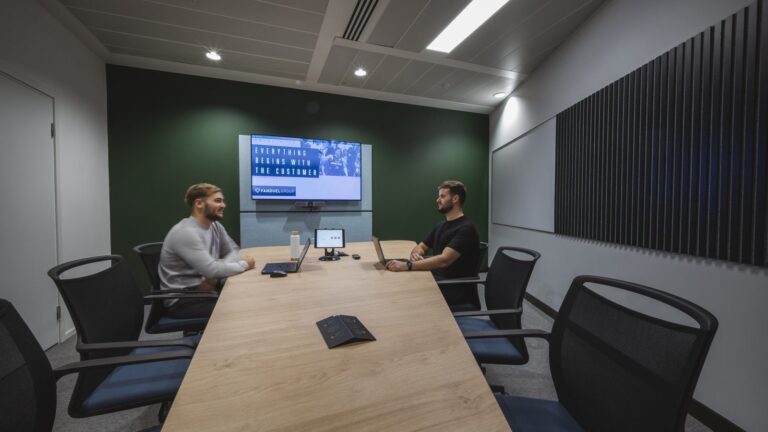
Non-Linear Working | A Claremont Blog
Date
2 November 2022
Read length
6 min
“Some employees are breaking up their working days into a few hours at a time, doing tasks flexibly and asynchronously in the new world of work.”
Pre Covid:
- Arrive at 9:00 – midday lunch – finish 5:00-6:00
During/Post Covid:
- Remote working
Now:
- Non-linear working:
- Can do jobs outside the traditional 9-5 block, often whenever works best for them.
- Workers can complete tasks in flexible, focused bursts scattered throughout their day. The idea is employees can craft work schedules around their personal lives, rather than cram life into fixed, contracted hours.
This idea used to be uncommon – now, the mass adoption of hybrid/remote working patterns, and flexible schedules, means non-linear workdays (asynchronous) are more attainable for much of the workforce. Workers are actually already practicing these without realizing, by choosing to do focused work late at night or getting ahead on projects early in the morning.
Not every employer will give workers this degree of freedom, but non-linear workdays are set to take a more prominent role.
It’s not actually a brand-new concept…
Pre-industrial: work would last from dawn until dusk – regular breaks, meals, naps.
When society industrialized: rigid – 5-day – 40-hours (factory settings) … this transitioned to the office, but the pandemic shook this traditional thinking loose, as workers found they were productive while working flexibly.
An example of how this may look:
- Working on focus tasks from 6-8am before family/friends in the house wake, then shortening the workday at the tail end.
- Taking a couple of hours in the afternoon to pick up your child from school and preparing a meal, completing the rest of the work time in the evening/night.
The variations are endless, and personal – requiring a level of trust from employers.
Individuals sharing parental leave would greatly benefit from being able to work flexibly around partner/baby – making this time less stressful and reducing childcare costs.
The growing popularity of non-linear workdays comes from workers having become used to flexible working routines during the covid 19 pandemic.
“Asynchronous work allows people to save commuting time, get admin tasks done during low productivity hours, fit in more exercise and save money having home-cooked meals.” – Laura Giurge
“It’s no longer really about effort and time spent, it’s about creating the best outcomes. As the nature of work has shifted, so too has the way workers want to optimise how they do that work” – Aaron De Smet
Greater flexibility generally leads to greater productivity – getting work done when you are most creative and productive – rather than activity focused, you are outcomes focused.
For a non-linear model to succeed, frameworks generally have to be in place. This could be in the form of core collaborative hours, where live synchronous work can take place such as meetings and brainstorms.
This does, however, create added complexity – meaning some employers have been slow to embrace them.
“There is still much knowledge work that needs to be done collaboratively. You can’t let everyone dictate their own schedules unto themselves, or you end up with a free-for-all in which no synchronous work is ever done.” – Aaron De Smet
Even before the pandemic, many workers were adopting some non-linear working styles – completing tasks/ending emails outside of contracted hours (unpaid overtime – on top of long commutes and 9-5 schedules).
Introducing non-linear working formally will restore the balance between asynchronous work and overwork – preventing burnout. Technology is enabling this.
Non-linear workdays could grow in prevalence as a result of job market demand: more workers are looking for greater flexibility and autonomy.
In a McKinsey study of 13,382 global workers, 40% said workplace flexibility was a top motivator for whether they stayed in a role (July 2022).
“For employees, huge workloads no longer mean staying in the office past 1900 and missing their kid’s soccer match. Now, they can have more of a personal life and get their work done. For employers, the work being done is often creative, innovative, and emotional – best achieved in flexible, optimised settings.”
How can design accommodate this?
Creating a ‘destination office’ where workers can have a non-linear work routine, being supported in their office, while being connected to colleagues who may be working remote/flexibly.
Designing spaces for a variety of different tasks:
- Workers who want to complete focus tasks early in the morning before leaving for an appointment – they can work in an area designed with acoustics/visibility in mind.
- Workers attending a scheduled core collaborative session should have great collaboration spaces with all of the necessary equipment and tech to support the team, while reducing the distraction for other workers completing different activities.
- Workers who need to take some time away from work should have access to quiet wellbeing rooms or fitness suites to de-stress or just take a break.
- Technology should enable remote working to run smoothly and efficiently, allowing to connect with workers wherever they are. Areas to take video calls will be important.
- Lighting should support workers working at different times of the day.
- Access to a kitchen and various tea points would allow workers to grab a snack or a coffee if they started work early, or need to travel, not having time to make breakfast for example.
- Showers in the workplace would help accommodate those working flexibly.
This would however require sustainability considerations to avoid over consumption of energy with offices potentially open longer.
See how we could help with your new office interior design or office design and build project here
Get in touch
We love nothing better than talking all things workplace and design – got a question, potential project or just need some guidance?
Drop us a note…


